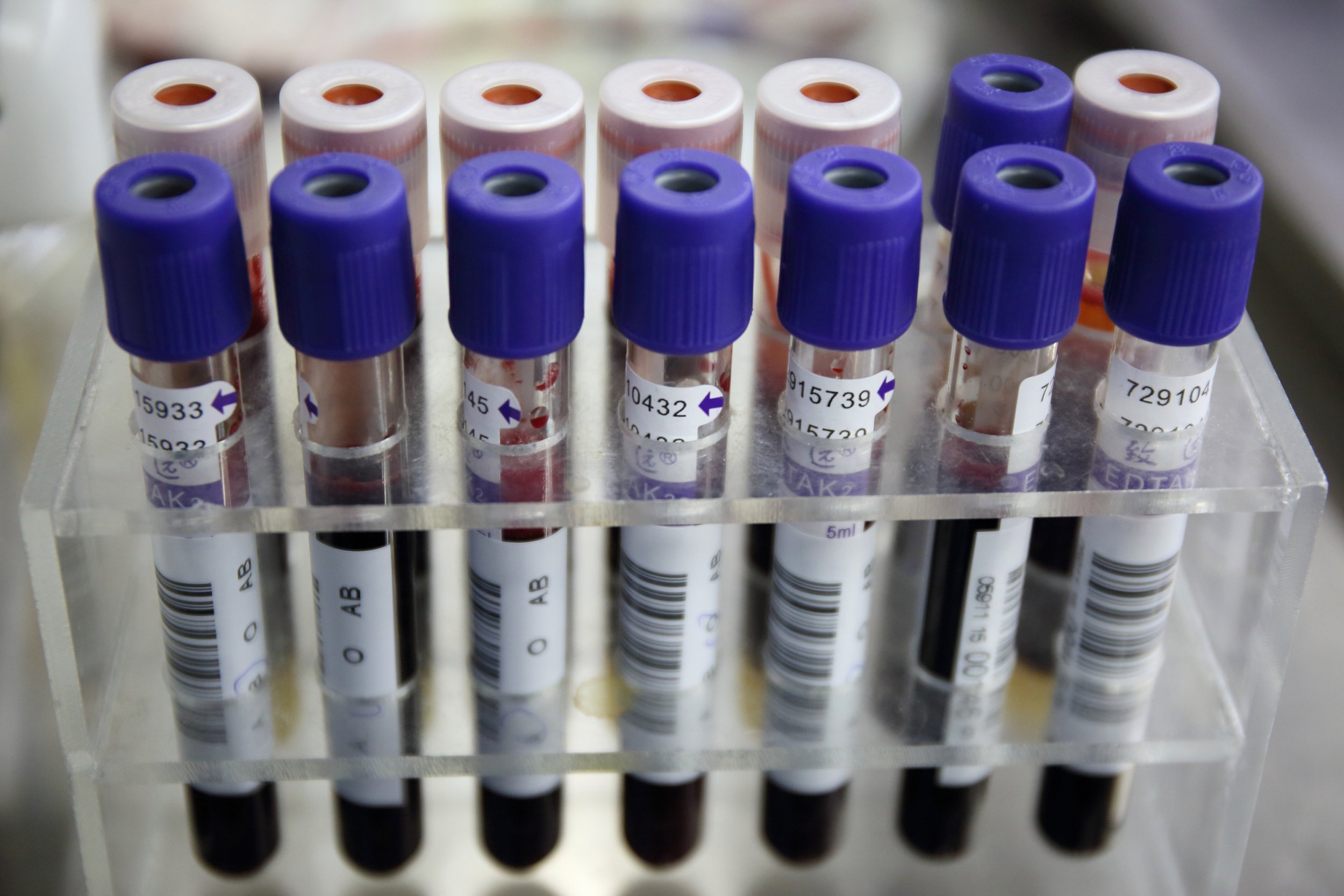
This article first appeared on the Cato Institute site.
In this installment of positive news, we look at tiny 3D cameras that could revolutionize brain surgery, a new way of growing large quantities of red blood cells and progress in the fight against leukemia.
NASA's 3-D Camera Could Improve Brain Surgery
Tiny 3-D cameras developed by NASA may revolutionize the way doctors practice brain surgery.
A device, known as MARVEL (short for Multi-Angle Rear Viewing Endoscopic Tool), is a 0.2 inch diameter camera that is attached to an endoscope—a snaking instrument used to examine the inside of the human body. NASA officials claim that MARVEL could make brain surgery quicker and cheaper, with less recovery time required.
Before this technology can reach the operating room, the team needs to develop prototype for the FDA's approval.
Scientists Have Found a Way to Make Red Blood Cells
The global blood supply remains in a state of constant shortage, a precarious situation for patients undergoing intensive surgery.
Promisingly, a group of scientists have discovered a new way of producing large quantities of red blood cells, which perform the critical oxygen-ferrying duties of blood. The scientists identified a particular gene within stem cells and modified it so that these stem cells mature into red blood cells in greater numbers.
These Are the Genes Linked to Aging
New research has pinpointed 1,500 genes responsible for human aging.
Scientists examined blood samples amongst 14,983 aging adults of European ancestry, and measured levels of RNA—the genetic product that our genes produce when they're active.
One caveat to these findings is that while individuals with Hispanic or Native American ancestry largely matched these markers, the RNA crossover dropped to only 27 percent in populations with African ancestry.
New Kind of 'Designer' Immune Cells Clear Baby's Leukemia
A baby in London has been cleared of a previously incurable form of leukemia thanks to an experimental cell therapy that creates "designer immune cells."
After all other treatment options had failed, the doctors injected the baby with genetically edited cells in a tiny 1-milliliter intravenous infusion. The therapy works by adding new genes to healthy immune cells known as T-cells. The T-cells are rendered invisible to a powerful leukemia drug that would usually kill them and reprogramed to only fight leukemia cells.
Marian L. Tupy is the editor of HumanProgress.org and a senior policy analyst at the Center for Global Liberty and Prosperity.
Uncommon Knowledge
Newsweek is committed to challenging conventional wisdom and finding connections in the search for common ground.
Newsweek is committed to challenging conventional wisdom and finding connections in the search for common ground.
About the writer
To read how Newsweek uses AI as a newsroom tool, Click here.








